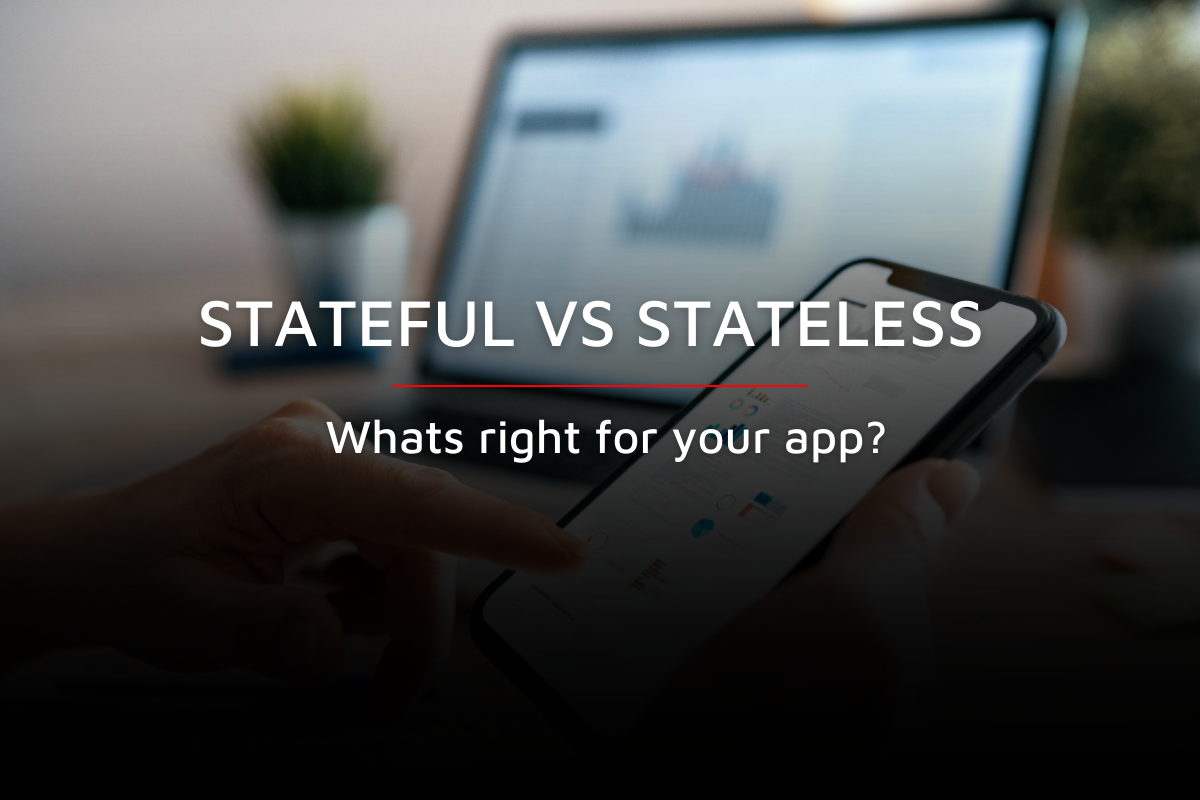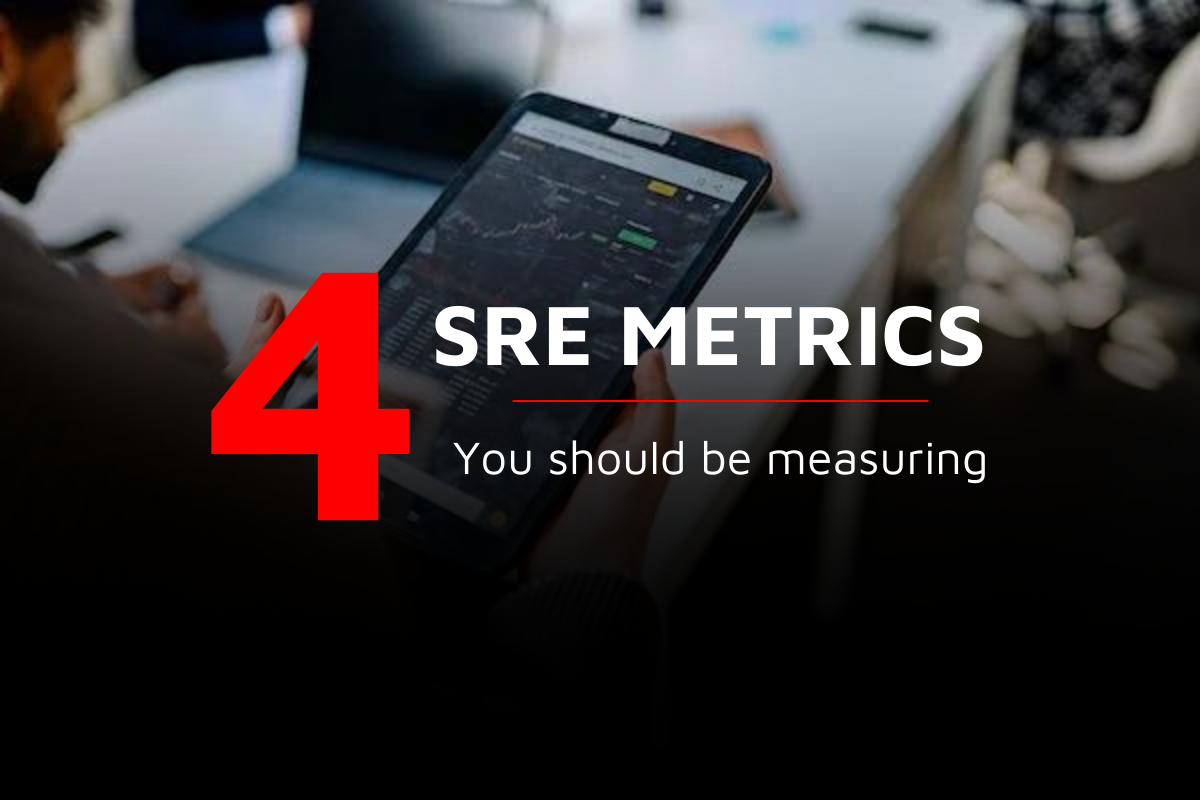Stateful VS Stateless – What’s right for your application?
28 April 2023 | Noor Khan

Protocols and guidelines are at the heart of data engineering and application development, and the data which is sent using network protocols is broadly divided into stateful vs stateless structures – these rules govern how the data has been formatted, how it sent, and how it is received by other devices (such as endpoints, routers, and servers).
Making use of stateful or stateless protocols for your application will depend on a variety of factors, such as the length of interaction and the volume of the information stored.
Stateful
A Stateful system sends requests and expects a response, if the stateful application does not receive a response, then it sends the request again. The connection between two systems is validated, and then maintained so there is continuous communication between them.
This protocol will maintain the state of its sessions, meaning that following sessions will depend on the results of the session that came before, and will use the same server every time a request is performed.
Pros of Stateful protocols
- Communication information is tracked.
- Data requests are maintained and highly intuitive.
- The architecture of the process has additional security.
Cons of Stateful protocols
- The process is reliant on the same server being available.
- Backup for memory storage can reduce speed and performance.
Stateless
With a stateless application, the protocol sends a request and does not store information about previous requests, so it does not confirm receipt from the device that has received it – meaning there is no cross-verification or repeat attempts.
Each transaction using stateless protocols is essentially a new request and does not rely on the outcome or information from previous sessions.
Pros of Stateless protocols
- Resources and storage space are minimised due to no state preservation.
- Requests are not needing to be individually monitored, so protocol visibility is increased.
- Malfunctions can be bounced back as the state is not monitored or preserved.
Cons of Stateless protocols
- Large amounts of data sent repeatedly can reduce performance.
- No information storage means some functionality is lost.
Key similarities and differences between Stateful Vs Stateless
Fundamentally, stateless and stateful protocols are different from one another in how they operate, and how application integration can be conducted utilising them.
There are similarities in how they manage firewall-related cases, in that both stateless and stateful firewall will inspect the data contained in the package/s to ensure correct information – however, a stateful protocol will retain this information to grant permission to cross the firewall for future sessions, whereas the stateless process will check the data each time.
These two functions also share similarities in how they handle database-related cases, with tokens generated to match the data, however, stateful retains the information from the transactions, whereas stateless does not.
The differences between the two processes are substantial, and cover:
- Saving information on servers.
- Client-server dependency
- System failure and crash maintenance.
- Complexity of the server.
- Scalability of applications and services.
- Transaction speeds.
- Response mechanisms and server specifications.
Determining which protocol is the right approach for your application is essential, especially if you expect the program to see considerable growth or usage. If you are unsure which option is the best for your project, our team are happy to provide expert advice and assistance.
Build an app to fulfil your requirements with Ardent
At Ardent, we take the consultative approach to understand your goals, and objectives to provide a solution right for you. We can take of the architecture of the app and the technologies used to build it and you can have peace of mind that your app is being built by experts. Explore how some of our clients are thriving with apps built specifically to help achieve thier business goals:
Automating warehouse management with an easy to use, intuitive mobile app
A highly engaging mobile app built to drive research
Mobile app, packed with interactive, gamification features to support research efforts
If you are looking to bring your vision to life with a secure, scalable and user-friendly app, we can help. Explore our web app development services or mobile app development services.
Ardent Insights

Are you ready to take the lead in driving digital transformation?
Digital transformation is the process of modernizing and digitating business processes with technology that can offer a plethora of benefits including reducing long-term costs, improving productivity and streamlining processes. Despite the benefits, research by McKinsey & Company has found that around 70% of digital transformation projects fail, largely down to employee resistance. If you are [...]
Read More... from Stateful VS Stateless – What’s right for your application?

Getting data observability done right – Is Monte Carlo the tool for you?
Data observability is all about the ability to understand, diagnose, and manage the health of your data across multiple tools and throughout the entire lifecycle of the data. Ensuring that you have the right operational monitoring and support to provide 24/7 peace of mind is critical to building and growing your company. [...]
Read More... from Stateful VS Stateless – What’s right for your application?

4 SRE metrics you should absolutely be measuring
Site Reliability Engineering (SRE) is a set of practices and principles that bring together software engineering and IT infrastructure in order to create highly reliable and scalable software systems. [...]
Read More... from Stateful VS Stateless – What’s right for your application?






